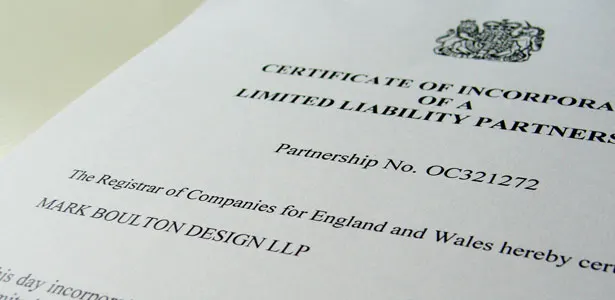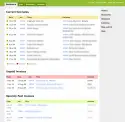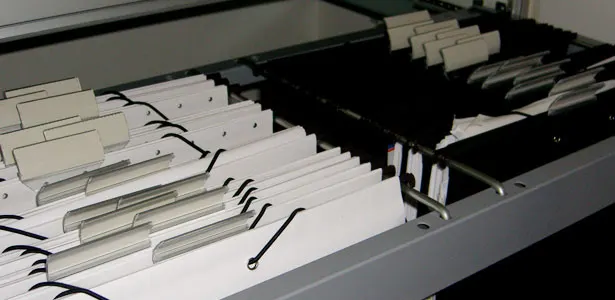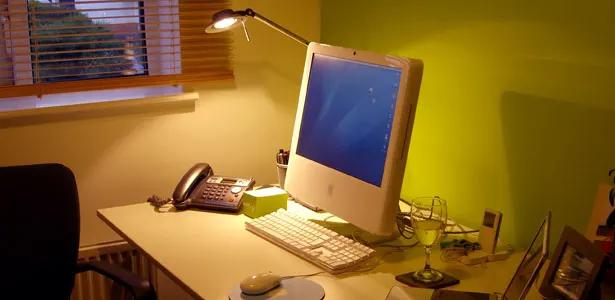Going it alone: Putting the pieces in place
First off, let me thank everyone for their kind words and support over the past week, it really has been fantastic. As you may know, a week ago, I handed in my resignation from the BBC. Before that day however, there’s been a lot to do in order to make the transition from employee to self-employed a little bit smoother. As I mentioned in my last post, I want to document this journey as much as I can so that I can look back in the months to come and see where I went wrong!
So, this first post is all about putting the pieces in place: Company and financial stuff, working environment and some systems.
Self-employment status
Before I start on this, I just want to make it clear that this has been my experience in the UK. I’m not offering financial advice, or even saying this is the way you should do it. Now, that said, where the hell do you start when you’ve made the decision to go freelance or start your own company?
In the UK, first of all, you need to tell the Inland Revenue that you are self-employed. At which point they’ll ask if you are a Sole-Trader, a Partner (in either an LLP or a normal partnership), or a Director of a Limited Company. There are other business types, but for simplicity (and because they were options available to me, I’ll stick with these).
Eighteen months ago, when I landed a fairly large freelance contract, it was obvious I needed to register with the Inland Revenue for tax purposes. The easiest way to do this is as a Sole Trader:
Sole Trader
Becoming a Sole Trader is the most straightforward way to set up in business. It’s quick and painless. The advantages are the accountancy bills will be cheaper than all the other options. The disadvantages are, if everything goes wrong, you are personally responsible for any losses the business makes. That means your house and possessions are at risk.
That last bit bothered me if I was going to set up my own business. I wanted some separation, financially, between myself and Emma and the business. So the next option I looked at was a Limited Company.
Limited Company
A Limited Company has to be registered with Companies House. The ‘limited’ means there is limited responsibility, or liablity, for business debts for the company’s directors. The company exists as a seperate legal entity. The disadvantages to this are you have to comply with a larger range of legal duties and the subsequent legal fees are higher.
On talking with my Accountant, he suggested that a limited company may be overkill at this point when forming a Limited Liability Partnership (LLP) offers the same limited liability, but with cheaper registration and ongoing accountancy fees. Sounds like a good idea to me.
Limited Liability Partnership
An LLP is a partnership between two or more business partners (in this case, Emma and I). Members, like in a Limited Company, are protected from personal liability and business debts. It now costs ?25 to setup, instead of ?95 and depending up on your turnover and how involved your finances are, your annual accountancy bill should be in the region of ?600 - ?1000. Not too bad.

Mark Boulton Design LLP. Officially.
So, that seemed much more straight-forward than a limited company at this moment in time. Mark Boulton Design LLP it was.
Some Systems
A lot of people who work for themselves in the creative industry are shocked by the amount of time account-handling takes. I’m beginning to realise this already. Whereas before, when I worked in agencies, there would be a few people who handled the finances, project management and day-to-day client contact. Now, it’s all up to me. If this is going to work, in that I’m not going to feel swamped by work, then I have to have some simple systems in place to help me.
My little app
 I developed my app (which I’m hopefully going to take further into something a little bigger (but not much) and a whole lot better), which has already helped with giving me an overview of what’s been estimated, and what’s been invoiced. It has already helped with streamlining getting estimate’s together for clients as well. Whereas before, crazily, they were done individually in Indesign, now they are outputted from a system and it’s taken the task from one which could take half an hour, to one which takes five minutes. It’s these little savings in time across the board which, hopefully, will ease the strain when deadlines are looming.
I developed my app (which I’m hopefully going to take further into something a little bigger (but not much) and a whole lot better), which has already helped with giving me an overview of what’s been estimated, and what’s been invoiced. It has already helped with streamlining getting estimate’s together for clients as well. Whereas before, crazily, they were done individually in Indesign, now they are outputted from a system and it’s taken the task from one which could take half an hour, to one which takes five minutes. It’s these little savings in time across the board which, hopefully, will ease the strain when deadlines are looming.
Filing
Yes, dull. Filing. Who wants to think about that? Well, you kind of have to if you have a lot of little things on. Thanks to Emma and Ikea, I now have a very simple filing system shown on this photograph. White files are jobs on, black are complete. All project paperwork, including copies of estimates, are stored there and are just a arms-reach away.

White are for curent jobs, Black are for complete. Pretty easy really.
The Environment
My working environment is incredibly important to me. I consider it perhaps the most important factor in determining productivity and, well, just overall happiness in work. If you like your surroundings, you’re happier and happier people work better. With that in mind Emma and I gave the office at home a lot of thought.
Previously it looked like a spare room with a desk in it. It was fine, but not good enough if I was to spend every day in there. The separation between home and office needed to feel much larger. With that, paintbrush and Ikea catalogue in mind, we set to work.

A green wall, all-new furniture and some nice new carpet. Of course I don’t normally drink wine at work.
We stripped out everything. New walls, fixtures and fittings, carpet and office furniture from Ikea. It now feels like an office instead of a spare bedroom with a desk in it. Already when I’m working in here, I really don’t feel like I’m at home.
That’s it for now. Not sure what I’ll be talking about in the next post. Hopefully about how crazy busy I am.
Tags that this post has been filed under.